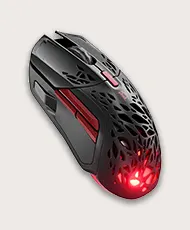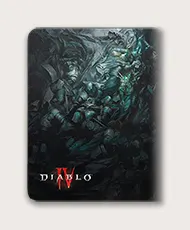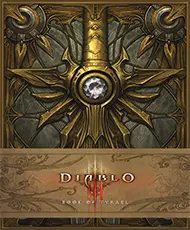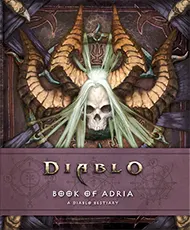Classifying monsters by behavior
In addition to monster family (e.g., Cannibal, Drowned, Fallen, Goatmen, and Skeleton), Blizzard says monsters in Diablo 4 can also be classified by archetype, which is how a monster behaves in combat. For example, some monsters like to fight up-close, while others keep their distance. Some attack in large groups, while others prefer smaller packs. The purpose of archetypes is to create strategic depth in attacking monsters [1]:
"Players that want to efficiently kill ranged monsters need to learn to reposition their accompanying melee attackers so a cleverly dropped AoE ability can target both clusters of monsters. This creates interesting on-the-fly decision-making. Skilled players can spot optimal positions for these attacks very quickly."
Along with bosses, four other monster archetypes have been revealed so far:
Bruiser monsters
The Bruiser archetype is larger in stature, typically slower in speed, but has much more health than other monsters. These enemies require more time to kill.
"Bruisers are large monsters with high health, which makes damage over time feel good."
Melee monsters
Melee enemies prefer in-your-face combat not only to inflict damage, but to block you from reaching ranged monsters, which they're usually paired with.
"Melee combat units act like shields by standing in the way of projectiles for their ranged counterparts."
Ranged monsters
The Ranged archetype keeps its distance and attacks the player with projectiles (e.g., arrows or spears) or spells. They have less health than other archetypes and are easier to kill once the player gets close enough.
TOPSwarmer monsters
If you've played StarCraft, think Zerg units. These monsters are weaker and much easier to kill; however, they speed towards the player with such numbers that they can sometimes be overwhelming.
"Swarmer enemies strike in groups, making area of effect attacks feel good."
Sources
| Article | Source | Date | |
|---|---|---|---|
| 1. | Diablo IV Quarterly Update 2020 Q1 | Blizzard |
Changelog
| Ver | Change | Date | |
|---|---|---|---|
| Alpha | Published original |
 Candace Thomas · Former Diablo IV Senior Designer ·
Candace Thomas · Former Diablo IV Senior Designer · 









